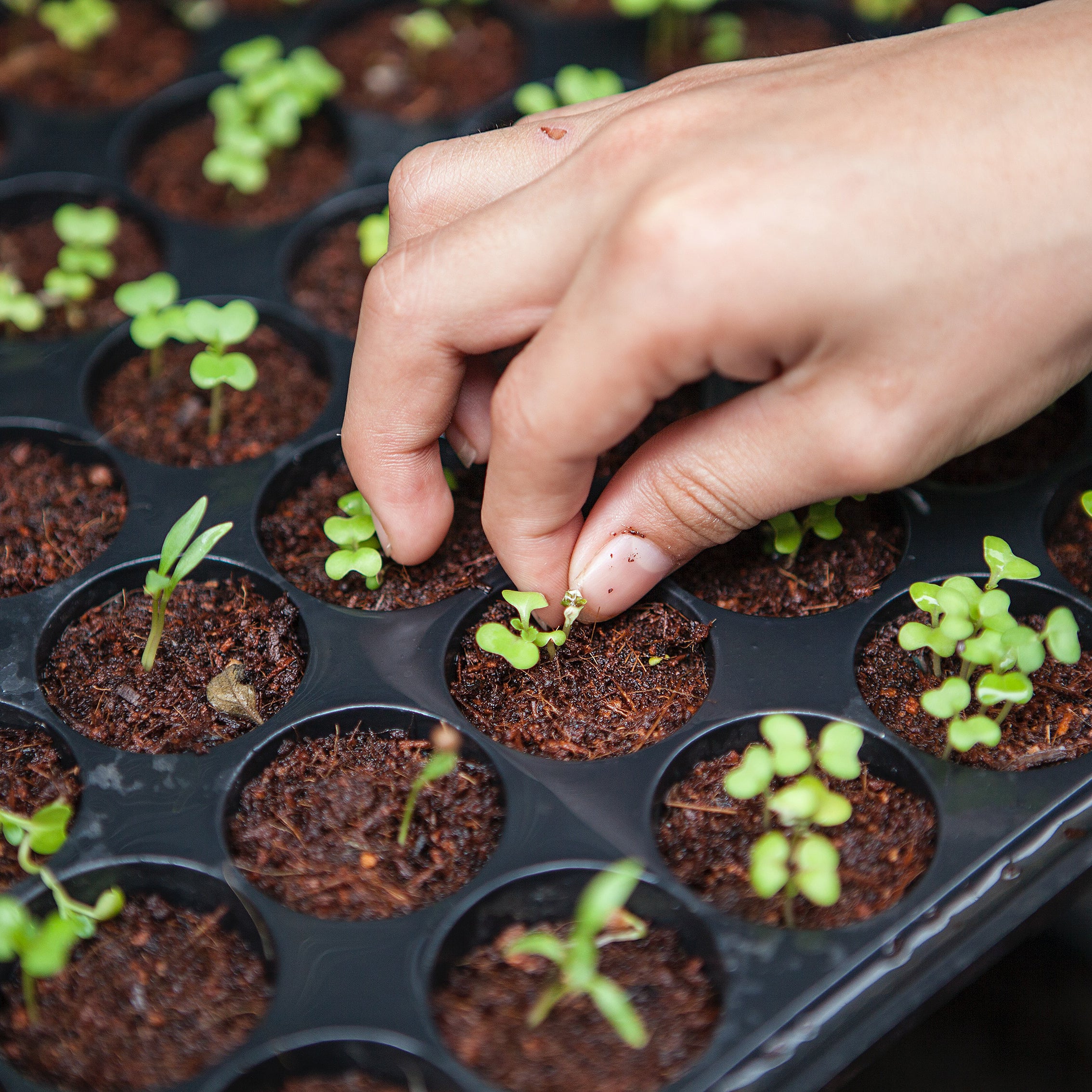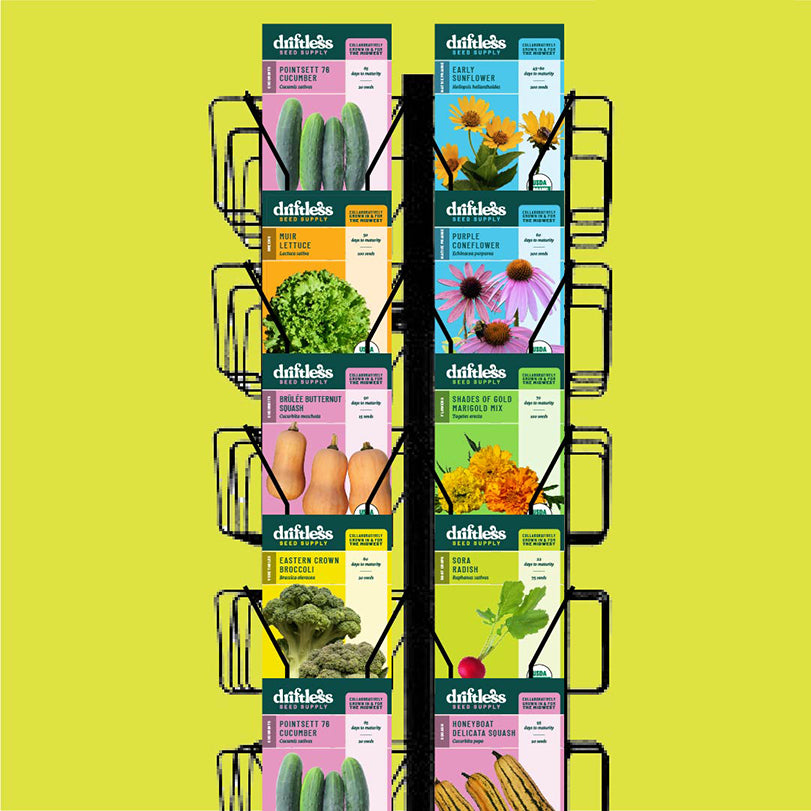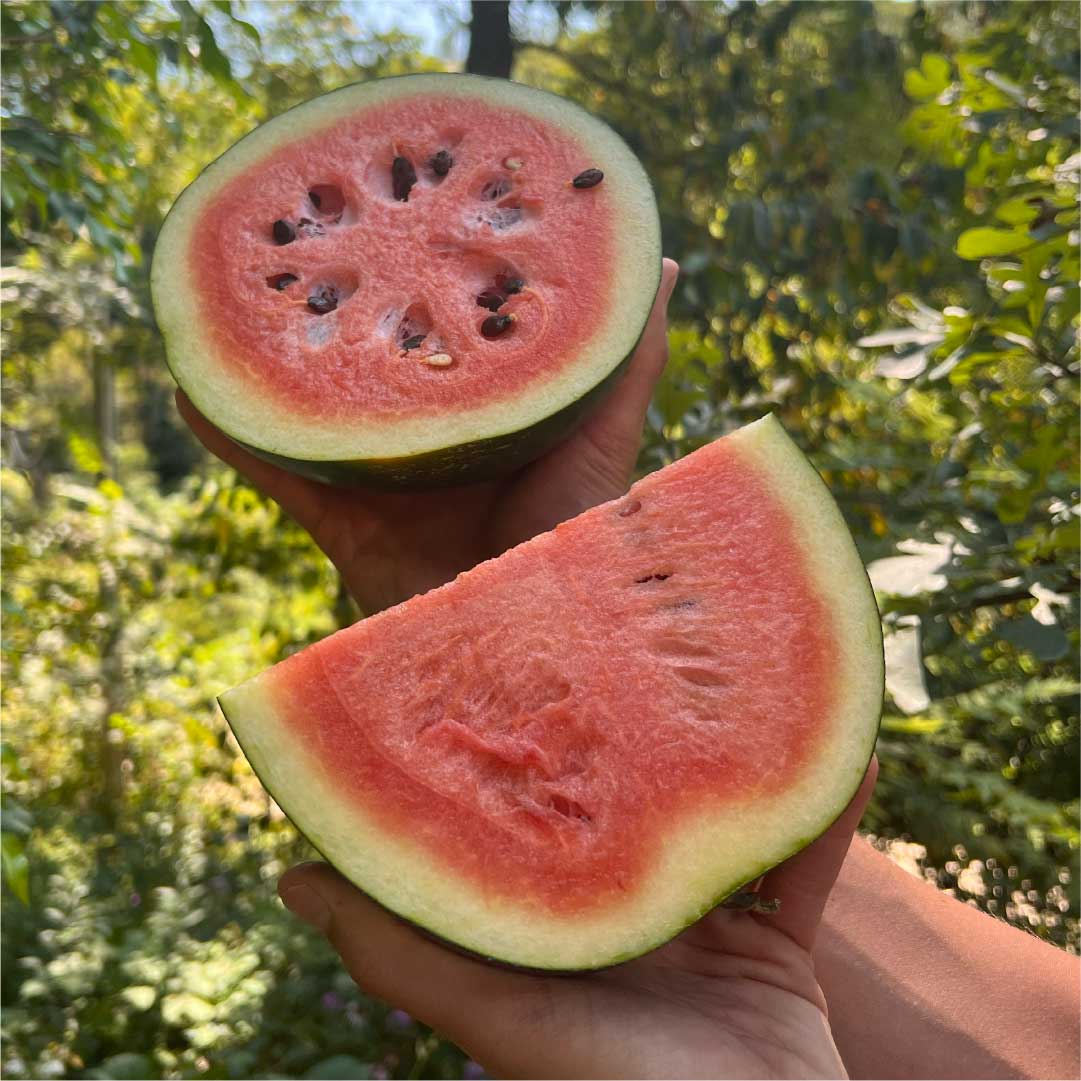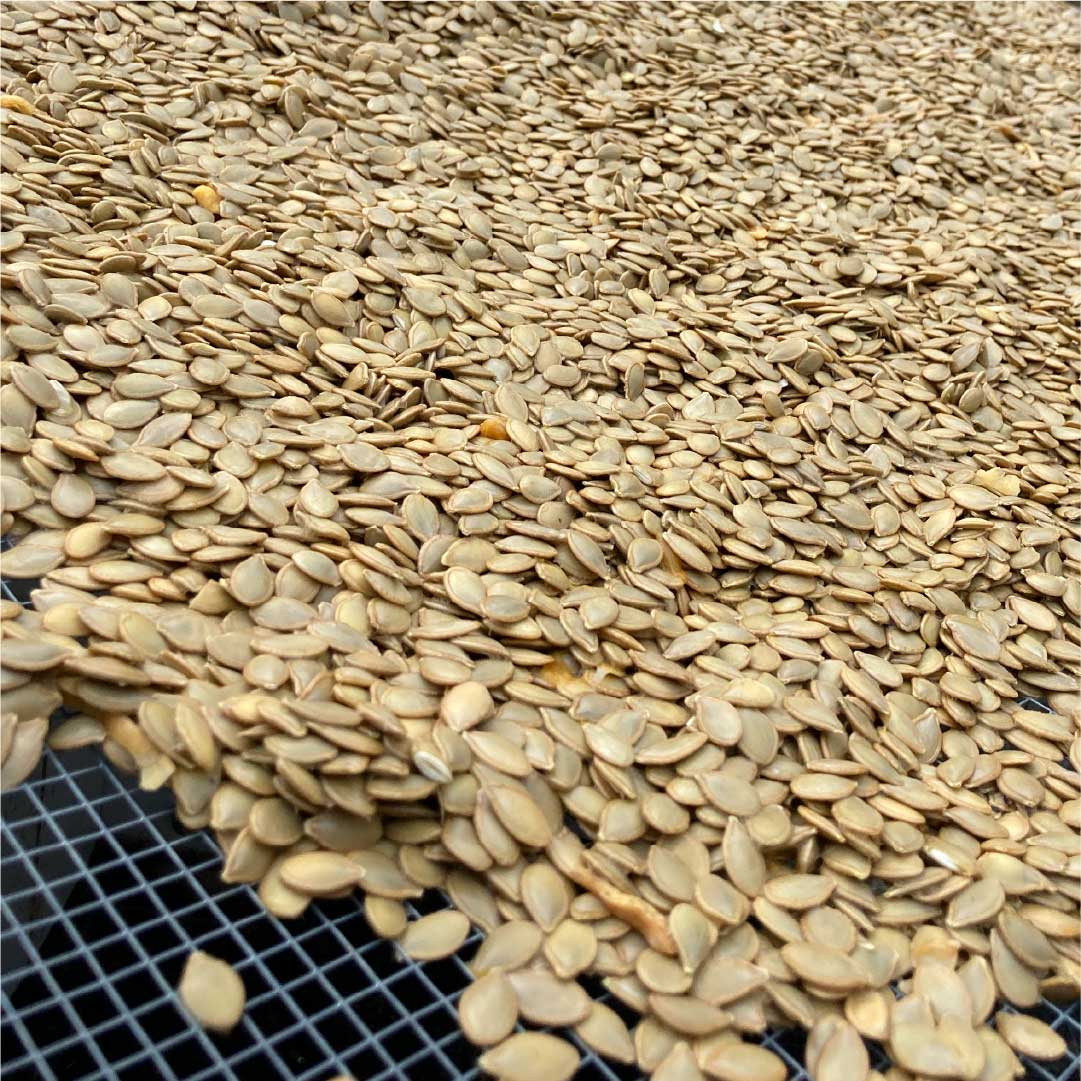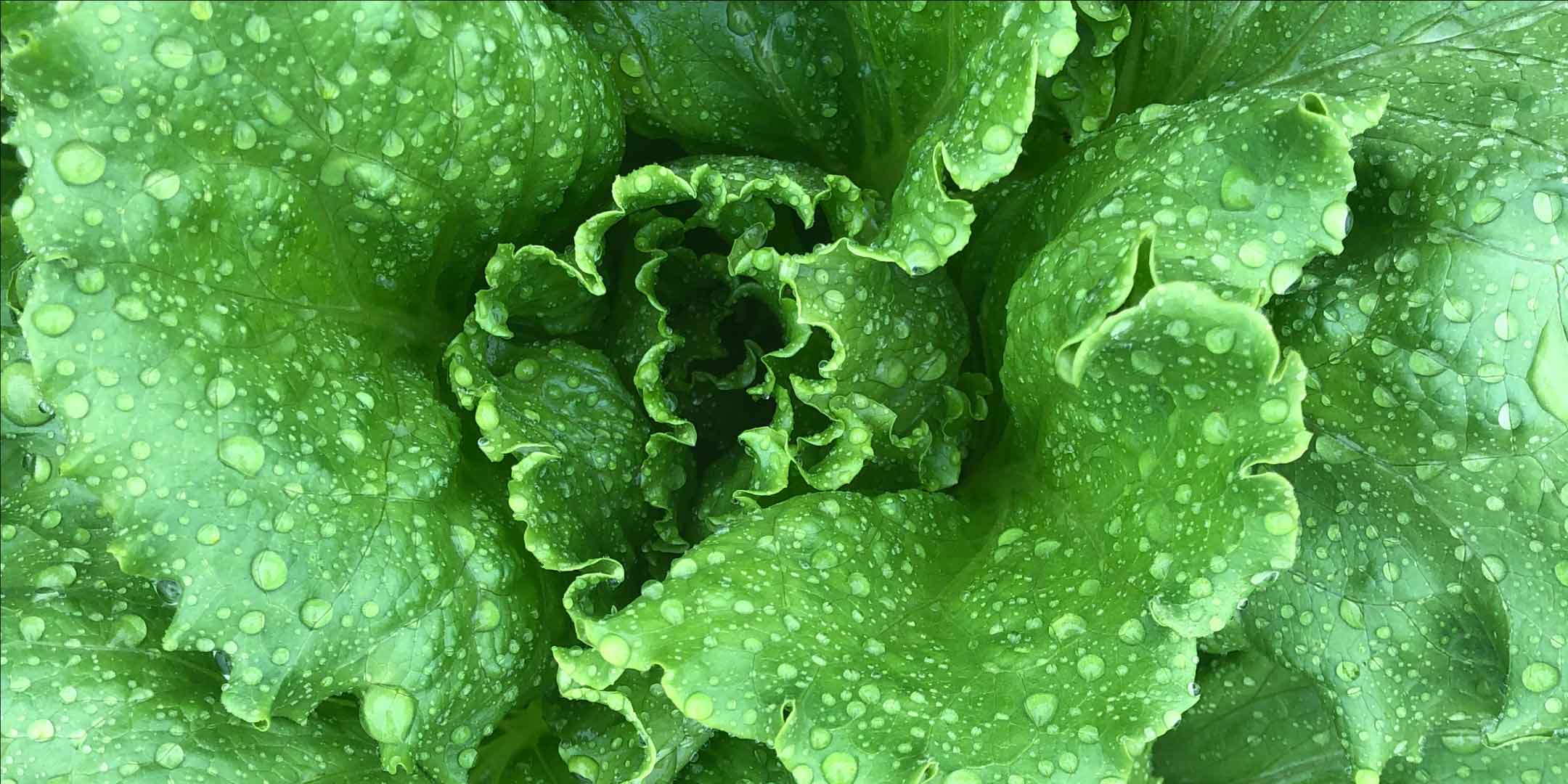
Driftless Seed Supply Grower Resources
Lettuce Growing Resources
History and Cultural Significance of Lettuce
Lettuce (Lactuca sativa) has been cultivated for its leaves for over 4500 years, originating in the eastern Mediterranean region. Ancient Egyptians and Greeks grew lettuce for medicinal purposes and consumption. Romans and medieval Europeans further developed lettuce varieties, leading to the cultivation of many leaf types we have today.
Columbus brought lettuce to America in the 15th century, where it became a popular crop. Today, lettuce is one of the most widely consumed vegetables in the world, with thousands of cultivars ranging in color, texture, and flavor. It's grown commercially and in home gardens worldwide for its versatility and nutritional value.
1) Site Selection and Soil Preparation
Lettuce prefers cooler temperatures and can tolerate some shade, so choose a site that gets morning sun and afternoon shade if possible. The soil should be well-drained, fertile, and have a pH between 6.0 and 7.0. It's a good idea to work in compost or well-rotted manure before planting to improve soil fertility and structure. Lettuce thrives with 100-120 lbs/acre of Nitrogen, 40 lbs per acre P (phosphorous), and 160 lbs per acre K (potassium or potash), based on prior levels of P and K being acceptable.
2) Planting
Lettuce can be direct-seeded or transplanted. For baby leaf production sow in 1-3” bands, around 60-90 seeds per foot. For direct-seeding full size heads, sow seeds 1/4 to 1/2 inch deep and about 1 inch apart, and then thin seedlings to about 6-12 inches apart depending on the variety. The optimal germination temperature for lettuce is between 60-68°F (15-20°C). Lettuce seeds will germinate at temperatures as low as 40°F (4°C) and as high as 85°F (29°C), but germination rates and speed may be reduced at temperatures outside of the optimal range. To achieve the best germination rates and speed, it's recommended to maintain a consistent soil temperature within the optimal range using methods such as soil heating mats or a germination chamber.
Transplanting
For transplanting, start seeds indoors 4-6 weeks before the last frost date and then transplant seedlings into the garden once they have 3-4 true leaves.
3) Watering and Fertilization
Lettuce needs consistent moisture, so water regularly to keep the soil evenly moist but not waterlogged. It's best to water in the morning so the leaves have time to dry before evening. Fertilize lettuce with a balanced organic fertilizer or compost tea every 3-4 weeks.
4) Pest and Disease Management:
Common pests of lettuce include aphids, slugs, and snails. You can use organic pest control methods such as insecticidal soap or diatomaceous earth to manage pests. Diseases that can affect lettuce include downy mildew and lettuce mosaic virus. Choose disease-resistant varieties when possible and practice good crop rotation to prevent soil-borne diseases.
5) Temperature Tolerance
Lettuce is a cool-season crop and its temperature tolerance range is generally between 40-75°F (4-24°C). However, some lettuce varieties are more cold-tolerant and can withstand temperatures as low as 20°F (-7°C) with proper protection such as row covers. On the other hand, lettuce can also experience heat stress and bolt (prematurely produce a flowering stem) when exposed to temperatures above 75°F (24°C), especially if the temperature is combined with low soil moisture. In general, it's best to grow lettuce during cooler seasons or in cooler microclimates to avoid heat stress and promote healthy growth.
6) Harvesting
Lettuce is best harvested when the leaves are mature but still tender. Cut leaves from the outer part of the plant first and leave the inner leaves to continue growing, or cut the entire head of lettuce at the base. Lettuce can also be harvested as baby greens by cutting the entire plant when it's 3-4 inches tall.

